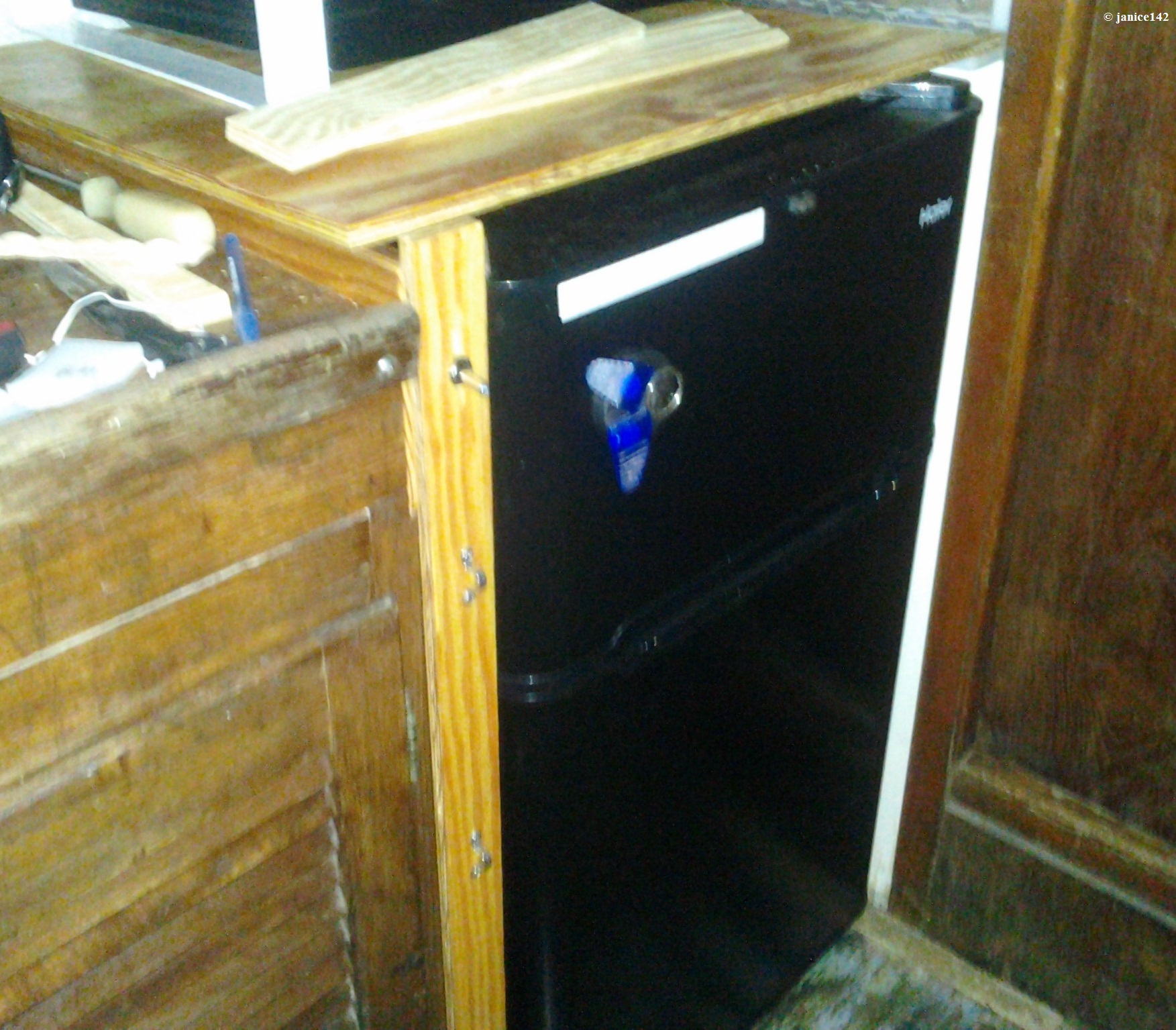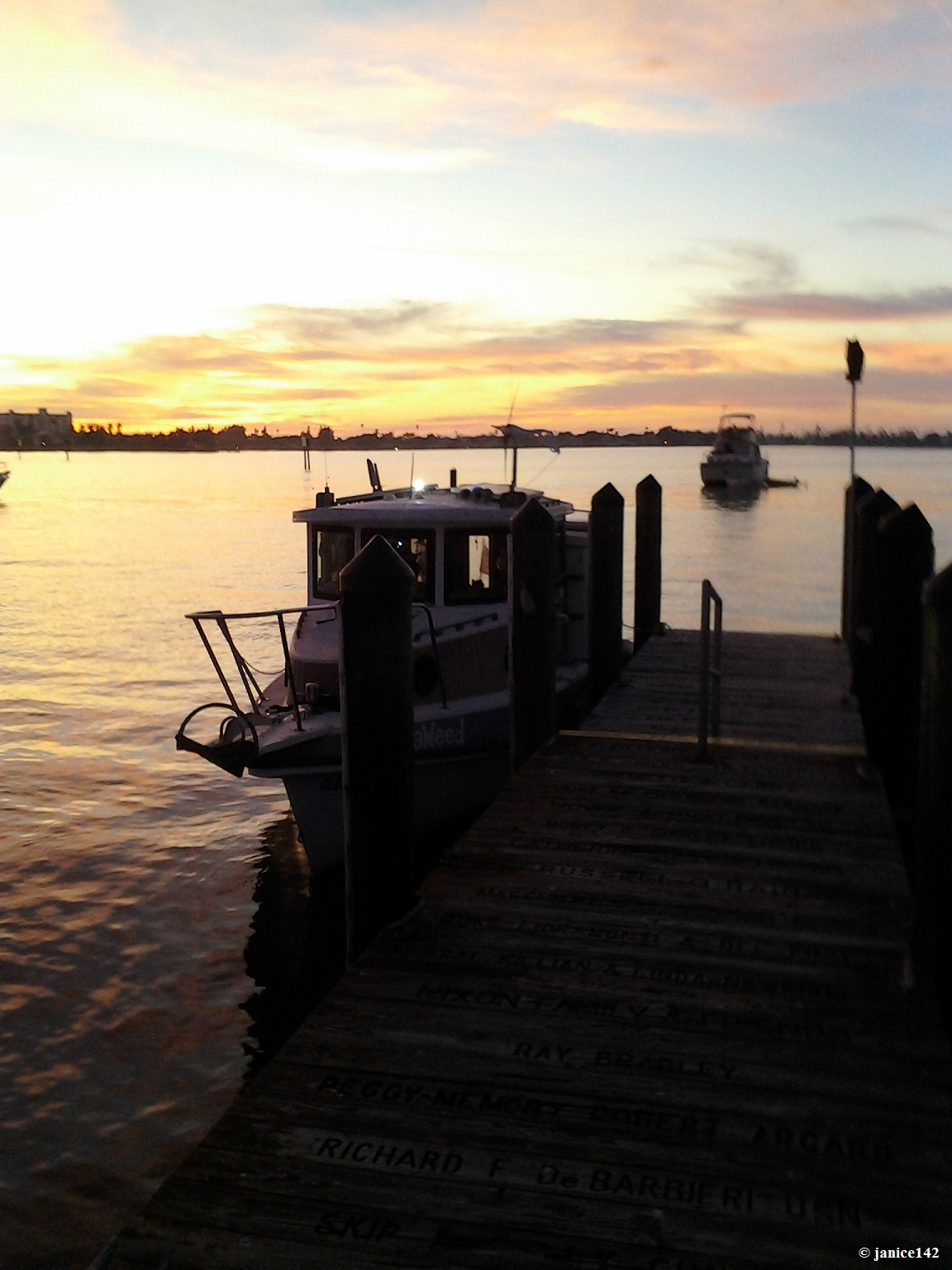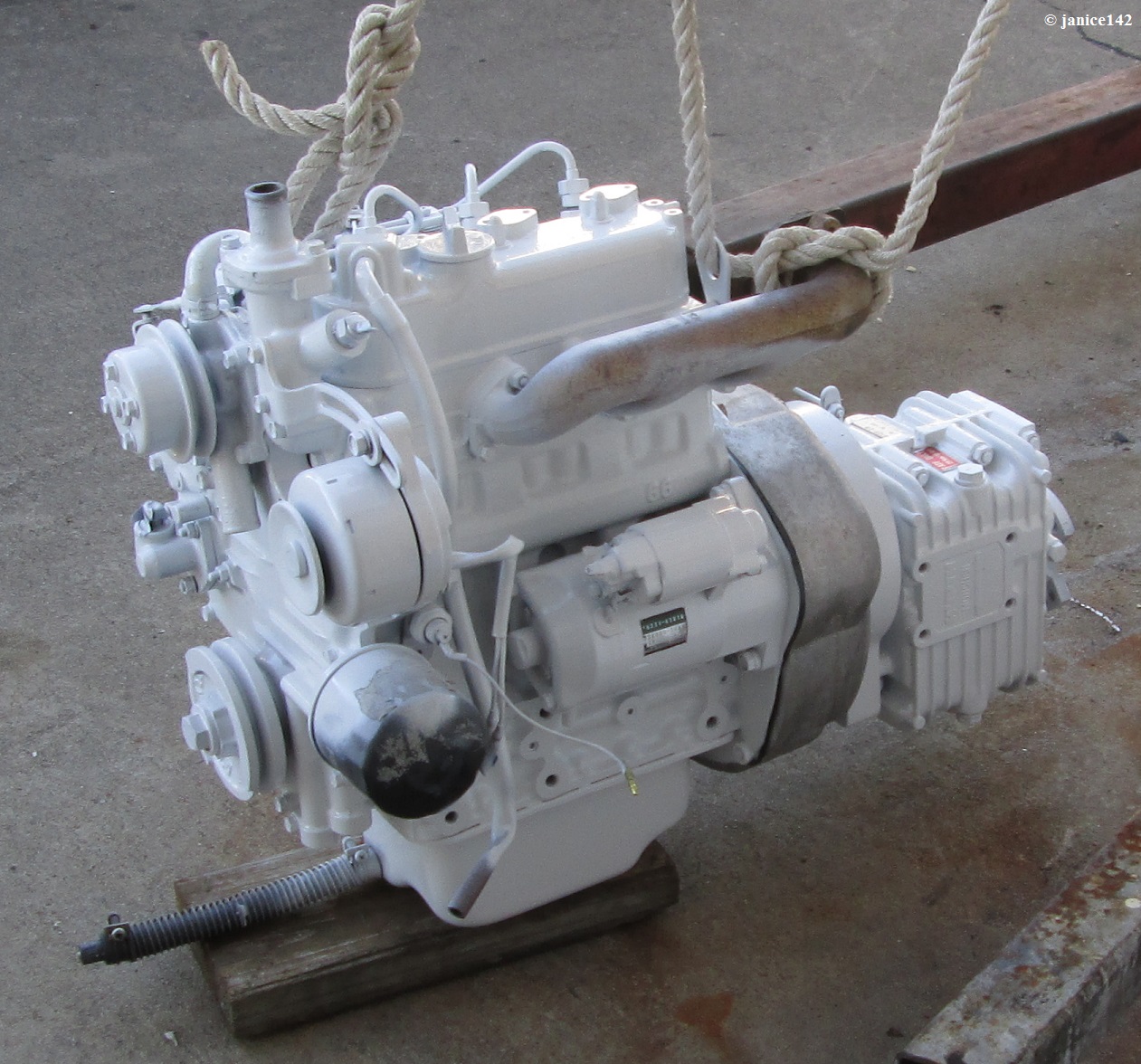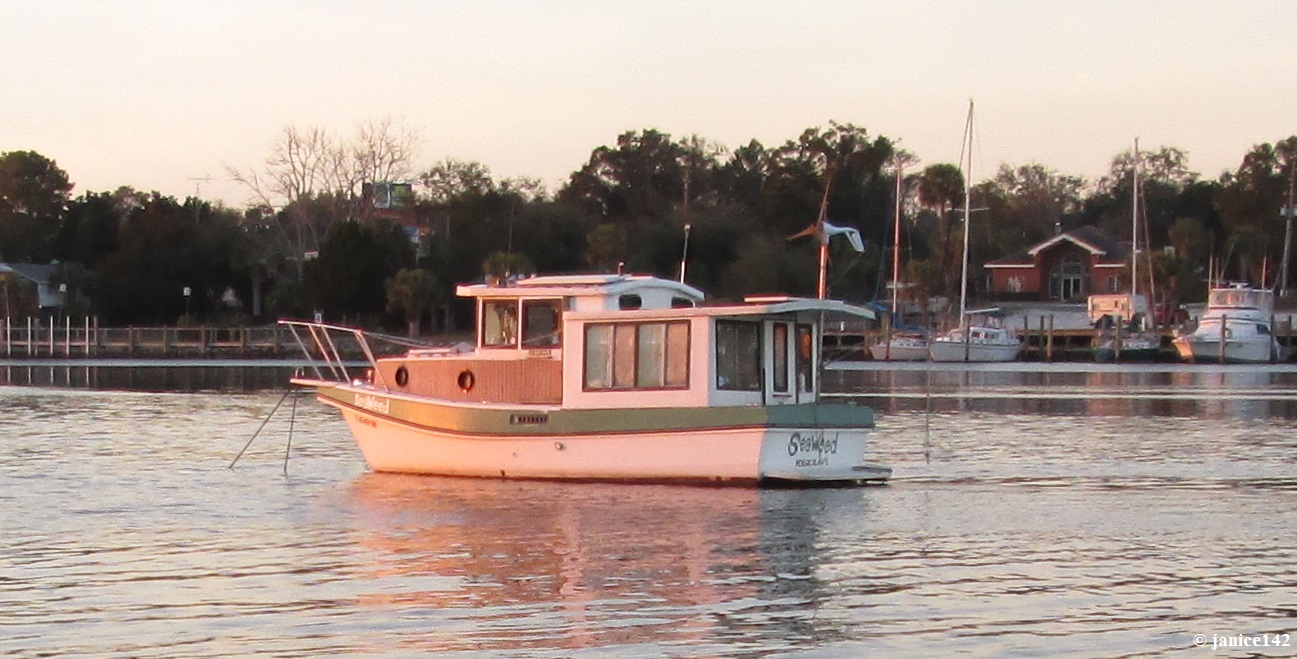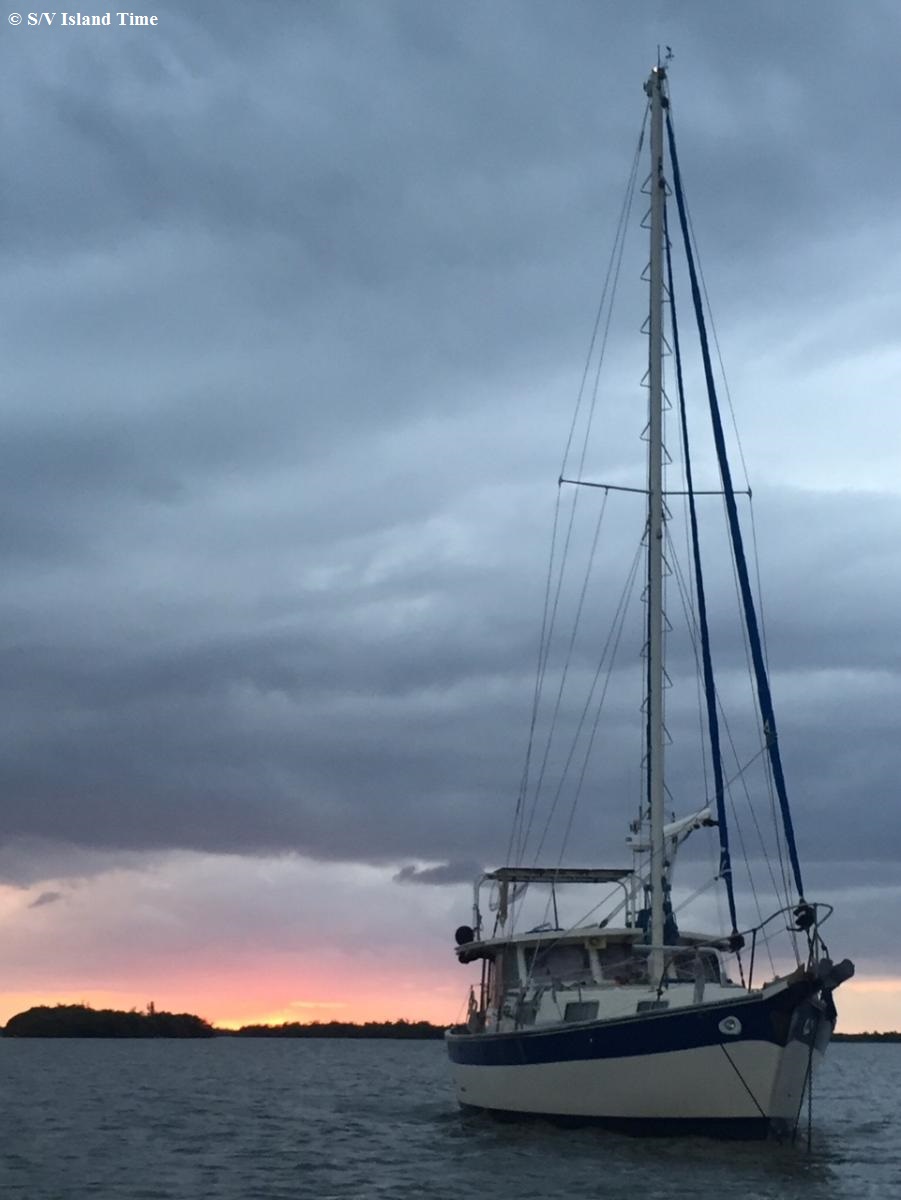Were I in charge of your perfectly good money I would do this:
Measure the space you have. I love those panels that are mounted vertically for a boat like yours. She's so pretty, I'd not want to mess with her lines. She is too beautiful!
Side Note regarding the movable panels: My friend on a 40' motor sailor spent considerable time and effort getting panels that rotate. Mostly they sit in one position as the "hassle factor" of moving them is more than she is willing to do. Keep that in mind.
For me, I'd place them in one position and call it good.
You'll want the greatest quantity of watts that will fit and still look good. I suspect that will be the 100 watt Renogy panels. Figure 35Ah per day per panel. [Take your wattage, divide by three and call it amps. MPPT controllers will increase that total.]
The thing is, you already have a generator so I'm wondering if this is an exercise you really want to undertake. When running, your alternators are charging. Your genny is most likely quiet. Do you really want the $$ outlay?
Please note I LOVE my solar panels. That said, I started with one 75 watt panel, which ran my netbook (1.5Ah) and the anchor light. Next I added two 100 watt panels. That "should" have been enough, however it was't. So, with the gift of two 85 watt panels I'm at 445 watts and totally fine.
Seaweed's alternator is not hooked up. When I am underway nothing good happens for my batteries so I am totally dependent upon solar and the Air-Breeze wind generator. Except at Gulfport, over here the wind genny has been mostly useless. I don't get the sea breezes I experienced on the east coast.
Details on how to totally mess up an alternator install can be found here:
Upsizing the Alternator - My Mistake article on janice142
However, I believe there is also an issue with your numbers. I suspect you're counting the power consumed with air conditioning running inside your boat. In the heat of summer or even when the sun is shining on that side of the boat your figures Might be substantially higher.
There are a couple things you can do to ameliorate that.
#1) Install a pair of fans behind your units. I have one fan that blows on the compressor and a second that pulls air out of that compartment. Those are on a switch and only run when the starboard side of my boat is in direct sunlight.
#2) Keep the units filled. Contents will keep the temperatures stable far better than empty space.
The switch for my reefer fans is just to the left of the reefer on on that strip of vertical wood.
As for power consumption, as tested in 80 degree ambient weather, my 3.1 cubic foot two-door Haier refrigerator used 60 Ah in 24 hours.
Of course yours may be far more energy efficient.
A hardtop is another option though for most boats I don't like them. Yours however is heavy so the additional weight topside would not be such a concern. Weight aloft may cause lighter weight boats to roll more.
A mounting system using hard panels above the bimini may be a viable option -- IF you need it.
In any event, though you say you're comfortable with 440Ah of batteries in the bilge, I will say that Seaweed has twice that. When I say I don't worry about power, I mean it! Those extra batteries did effect my stability (for the better) though it cost me speed.
I would First increase your battery bank to at least 1kw. That's because when you're underway you'll be filling those batteries with power via your alternator. That will in my view give you the best bang-for-the-buck.
So here's your list:
#1) Increase the battery bank A LOT.
#2) Confirm that the Renogy 100 watt panels will fit vertically along the rails on your fly bridge.
#3) Buy an over-sized MPPT solar controller. You may want to add more solar down the road so having a too-big unit now will pay off in the end.
#4) Use large cable. I upsized to a controller that fits 6 gauge wire. It took ferrules (to get the round wire to fit into a square peg) so ...!
In any event, first upsize your battery bank.
Then see if you really do need solar for your life underway.
IF so, then add vertically mounted solar panels around the rails of your fly-bridge, with the associated MPPT solar controller.
Anyway, that's how I would spend your perfectly good money.
See you at the Legion!


